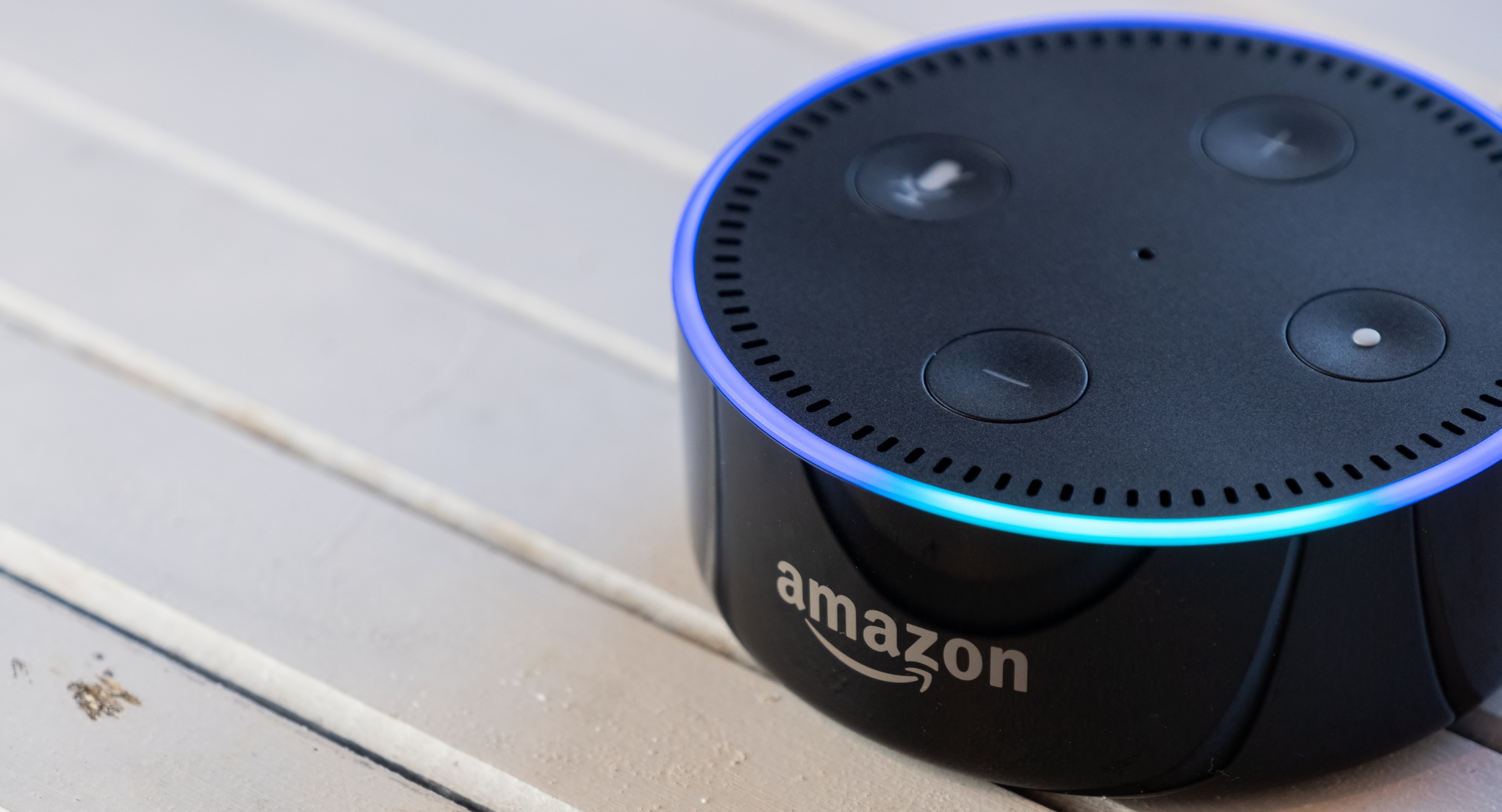The Guide to Measuring Brand Lift & Optimizing Brand Perception
Learn how Regions Bank Perfected their customer journey
If your business is interested in building its long-term value, you’ve likely already started to invest in branding. After all, good branding is a surefire way to establish a strong relationship with your audience while associating your brand with certain attributes or ideals.
Great brand marketers will always ensure their campaigns target an ideal audience with a perfectly compatible message. But after their campaign launches, many have no option but to hope that their campaign has its intended effect. This is because tracking brand equity is exceptionally difficult and tying brand equity to sales is even more challenging.
However, there is a solution. By measuring brand lift, marketers can identify how a brand campaign influenced consumer perceptions. Then, those perceptions can be linked to future purchasing behavior, helping you put a real dollar value on your campaigns. Sound interesting? Keep reading to learn more about how to measure brand lift.
What Is Brand Lift?
Brand lift measures the direct positive impact that a certain touchpoint has on your brand’s overall image. A brand lift study should go beyond clicks and impressions, and instead measure success through marketing metrics like brand awareness, ad recall, and purchase intent. This gives marketers better insight into how certain activities affect their brand value.
How Do Marketers Measure Brand Lift?
Marketers measure brand lift through brand lift studies. These are usually conducted by evaluating two segments of your target audience: One that received your messaging, and another control group. By studying the difference between these two groups, you can better understand the impact a certain message has on consumers. To get this information, marketers use a few different analyses and surveys, including:
- Ongoing and Custom Panels
- Consumer Research Surveys
- Brand Impact Surveys
- Sentiment Analyses
During these surveys and analyses, consumers are asked a few questions to uncover their latent perceptions of your brand. Here are a few sample brand metrics and related questions to help you track brand performance:
- Brand Awareness - Are you familiar with this brand?
- Brand Recall - Which of these brands sells a certain product?
- Brand Loyalty - How likely are you to purchase from this brand again?
- Brand Experience - Do you find the products from this brand to be helpful?
- Brand Usage - How often do you use this brand’s products?
For example, you could use a survey to assess brand lift after asking a YouTube content creator to promote your product for 30 seconds. Take two audiences – one who saw the ad, and one that didn’t – and target them with a survey asking which brand they like better: Your brand, or one of your competitors. From there, you may find that brand affinity increased by 5 percent in the group that saw the ad.
However, “increasing brand affinity by 5 percent” won’t mean much to your C-suite, who need reassurance that your campaigns are creating revenue. The best brand lift studies should use brand metrics as leading indicators, allowing you to tie a customer’s current perceptions to future sales.
Best Practices to Set Up a Brand Lift Study
There are two primary methods that brands use to conduct a brand lift study. They either enlist a third party to conduct a brand study or conduct the study in-house with a cutting-edge marketing performance measurement solution. No matter which option you choose, your study must provide insights while your campaigns are in flight and should be able to directly tie branding to revenue.
Once you have a method in mind, follow these best practices to carry out a reliable study:
- Choose an Audience and Control Group – Start by pulling a list of all the customers in your target audience. Then, segment out a small control group that will not see your campaign.
- Choose Your Channels – Once you’ve identified a target audience, take a look at the channels they’re most responsive on. Then, create a branded campaign for that channel.
- Collect High Quality Data – Make sure you have accurate processes in place to collect and vet your data while your campaigns are in flight. Without high-quality data, your insights won’t be trustworthy.
- Use Marketing Metrics to Measure Success – Once you’ve collected plenty of data about an audience’s attitude toward your brand, contextualize it using marketing metrics such as brand awareness or purchase intent. For best results, use these brand metrics as leading indicators that link back to sales.
- Communicate Results – Telling leadership teams about your findings – and how they benefit your bottom line – is arguably the most important step in conducting a brand lift study. For example, “This campaign improved brand awareness by 10%. Based on previous and predicted outcomes, this will improve our total annual revenue by 1%.”
- Adapt Your Strategy - The best marketing teams learn from previous failures and build on their successes. Always use your insights from historical brand lift studies to inform future campaigns.
By following these steps, you’ll have the basic framework necessary to build a robust brand lift study. Engaging in these studies on a regular basis will ensure all members of your organization fully understand the value of a powerful brand.
Final Thoughts
Brand lift studies are crucial to keep close track of how your brand campaigns are influencing consumer attitudes. However, don’t forget that this is only one part of the story. To make the most out of your brand campaigns, you need to tie those customer attitudes to behavior – preferably, the type of behavior that drives sales.
A marketing performance measurement solution like Marketing Evolution makes it simple to tie brand metrics to sales. By using advanced data science practices, the platform uses brand metrics to predict factors like future purchasing activity, allowing you to clearly illustrate how good branding leads to increased sales.
Remember: Profitability is the language that every business leader speaks. To ensure your brand building initiatives have the support they need to bring long-term value to your organization, it’s crucial to perform regular brand lift assessments that link back to your revenue. Once you’ve done this, your path to becoming an industry leader will become clear.



















